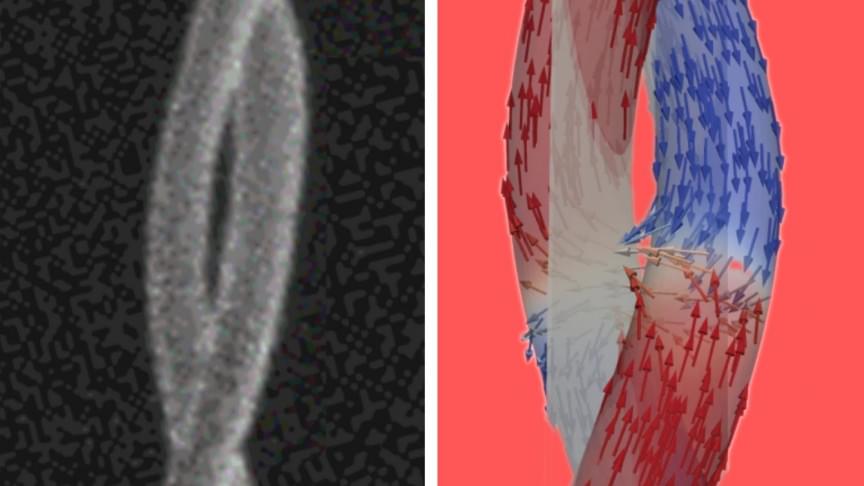Today, magnets have many applications being used for energy generation, data storage, and computing. But magnetic computing devices in two-dimensional systems are quickly approaching their shrinking limit.
That’s why, we have witnessed a growing trend in moving to three dimensions, where higher densities can be achieved and three-dimensional geometries can offer new functionalities.
Now, an international team led by Cambridge University’s Cavendish Laboratory has used an advanced 3D printing method they developed to create magnetic double helices that produce nanoscale topological textures in the magnetic field, opening the door to the next generation magnetic devices.









Comments are closed.